NASA and the U.S. Air Force Research Laboratory in Albuquerque, N.M., are requesting research and development proposals to define the type of spacecraft computing needed for future missions.
Apr 11th, 2013
Read more
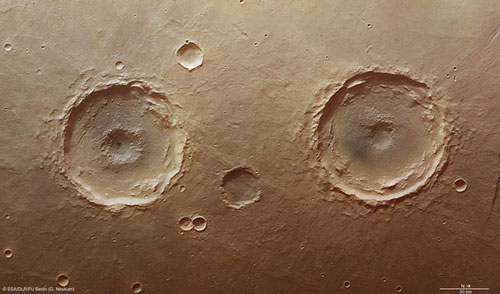 Dramatic underground explosions, perhaps involving ice, are responsible for the pits inside these two large martian impact craters, imaged by ESA's Mars Express on 4 January.
Dramatic underground explosions, perhaps involving ice, are responsible for the pits inside these two large martian impact craters, imaged by ESA's Mars Express on 4 January.
Apr 11th, 2013
Read more
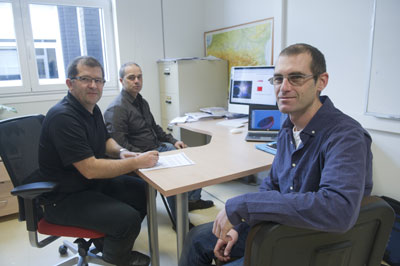 In order to improve a simulation designed to study the evolution of the solar system through time, numerical mathematical methods have been developed at the Computing Faculty of the University of the Basque Country (UPV/EHU). Specifically, the methods proposed enable the simulation calculations to be done faster and more accurately.
In order to improve a simulation designed to study the evolution of the solar system through time, numerical mathematical methods have been developed at the Computing Faculty of the University of the Basque Country (UPV/EHU). Specifically, the methods proposed enable the simulation calculations to be done faster and more accurately.
Apr 11th, 2013
Read more
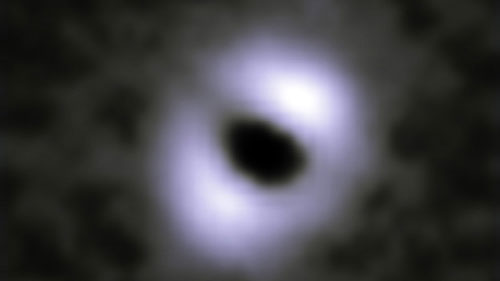 ESA's Herschel space observatory has provided the first images of a dust belt - produced by colliding comets or asteroids - orbiting a subgiant star known to host a planetary system.
ESA's Herschel space observatory has provided the first images of a dust belt - produced by colliding comets or asteroids - orbiting a subgiant star known to host a planetary system.
Apr 10th, 2013
Read more
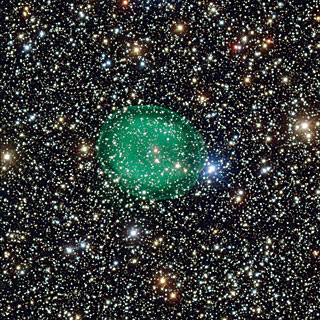 This intriguing new picture from ESO's Very Large Telescope shows the glowing green planetary nebula IC 1295 surrounding a dim and dying star located about 3300 light-years away in the constellation of Scutum (The Shield). This is the most detailed picture of this object ever taken.
This intriguing new picture from ESO's Very Large Telescope shows the glowing green planetary nebula IC 1295 surrounding a dim and dying star located about 3300 light-years away in the constellation of Scutum (The Shield). This is the most detailed picture of this object ever taken.
Apr 10th, 2013
Read more
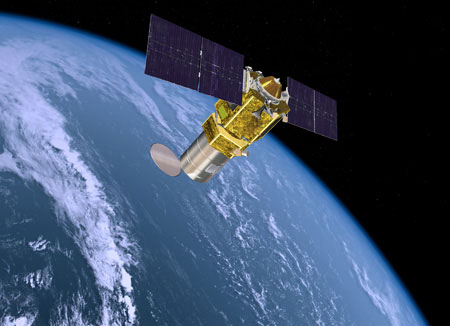 Boeing is developing a family of small satellite prototypes, called Phantom Phoenix, that can quickly and affordably be manufactured and configured for specific missions.
Boeing is developing a family of small satellite prototypes, called Phantom Phoenix, that can quickly and affordably be manufactured and configured for specific missions.
Apr 10th, 2013
Read more
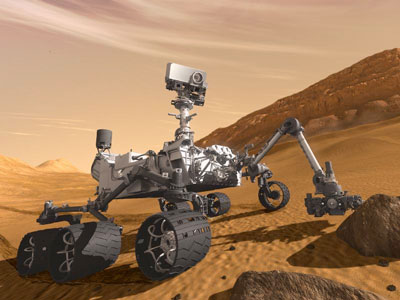 Mars has lost much of its original atmosphere, but what's left remains active, according to recent findings from NASA's Mars rover Curiosity that involve a University of Michigan researcher.
Mars has lost much of its original atmosphere, but what's left remains active, according to recent findings from NASA's Mars rover Curiosity that involve a University of Michigan researcher.
Apr 9th, 2013
Read more
 As space exploration inches closer to Mars, research into space radiation will become increasingly critical, says ESA astronaut Christer Fuglesang, who was introduced today as the new head of the Aerospace Engineering master's programme at KTH Royal Institute of Technology.
As space exploration inches closer to Mars, research into space radiation will become increasingly critical, says ESA astronaut Christer Fuglesang, who was introduced today as the new head of the Aerospace Engineering master's programme at KTH Royal Institute of Technology.
Apr 9th, 2013
Read more
Today, Meteosat-9 took over the rapid scanning imagery service (RSS) from Meteosat-8. This completes the reassignment of roles of the three Meteosat Second Generation (MSG) satellites following the launch of Meteosat-10 on 5 July.
Apr 9th, 2013
Read more
China's first space science active experiment was conducted Friday morning to study the dynamical processes of the Earth's ionosphere, a top scientific institute said.
Apr 7th, 2013
Read more
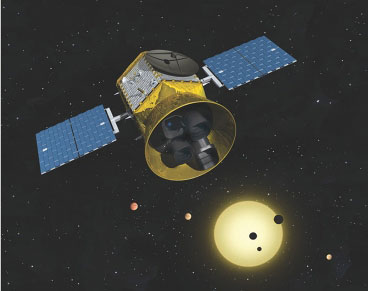 $200 million project will launch telescopes to perform full-sky search for transiting exoplanets.
$200 million project will launch telescopes to perform full-sky search for transiting exoplanets.
Apr 5th, 2013
Read more
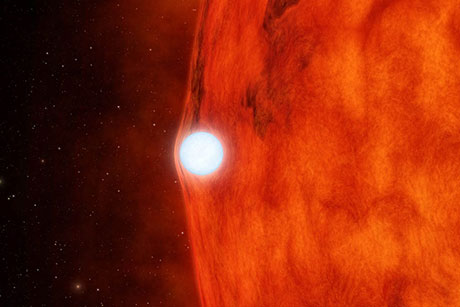 NASA's Kepler space telescope, in concert with Cornell-led measurements of stars' ultraviolet activity, has observed the effects of a dead star bending the light of its companion red star.
NASA's Kepler space telescope, in concert with Cornell-led measurements of stars' ultraviolet activity, has observed the effects of a dead star bending the light of its companion red star.
Apr 4th, 2013
Read more
NASA's Hubble Space Telescope has found the farthest supernova so far of the type used to measure cosmic distances. Supernova UDS10Wil, nicknamed SN Wilson after American President Woodrow Wilson, exploded more than 10 billion years ago.
Apr 4th, 2013
Read more
Registration is open for teams seeking to compete in the $1.5 million energy storage competition known as the Night Rover Challenge, sponsored by NASA and the Cleantech Open of Palo Alto, Calif.
Apr 4th, 2013
Read more
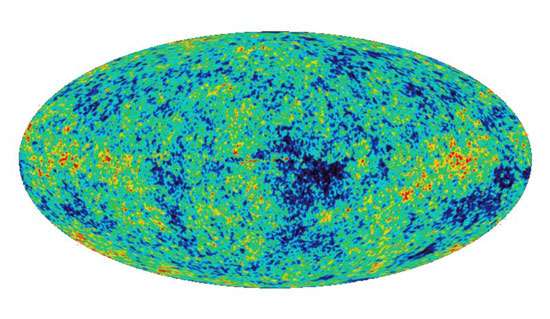 A decade ago, spurred by a question for a fifth-grade science project, physicist John Cramer devised an audio recreation of the Big Bang that started our universe nearly 14 billion years ago. Now, armed with more sophisticated data from a satellite mission observing the cosmic microwave background, Cramer has produced new recordings that fill in higher frequencies to create a fuller and richer sound.
A decade ago, spurred by a question for a fifth-grade science project, physicist John Cramer devised an audio recreation of the Big Bang that started our universe nearly 14 billion years ago. Now, armed with more sophisticated data from a satellite mission observing the cosmic microwave background, Cramer has produced new recordings that fill in higher frequencies to create a fuller and richer sound.
Apr 4th, 2013
Read more
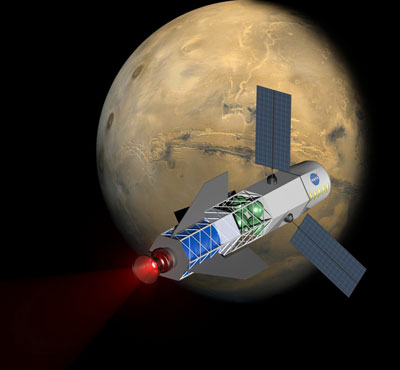 University of Washington researchers and scientists at a Redmond-based space-propulsion company are building components of a fusion-powered rocket aimed to clear many of the hurdles that block deep space travel, including long times in transit, exorbitant costs and health risks.
University of Washington researchers and scientists at a Redmond-based space-propulsion company are building components of a fusion-powered rocket aimed to clear many of the hurdles that block deep space travel, including long times in transit, exorbitant costs and health risks.
Apr 4th, 2013
Read more
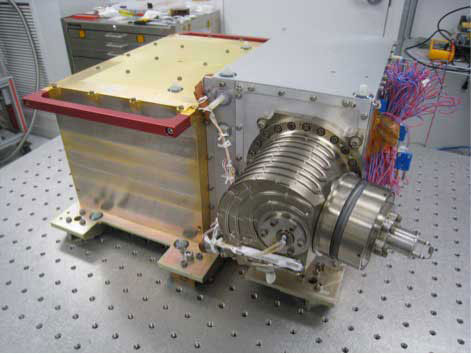 An instrument that will measure the composition of Mars' upper atmosphere has been integrated into NASA's Mars Atmosphere and Volatile EvolutioN (MAVEN) spacecraft. MAVEN has a scheduled launch date of Nov. 18.
An instrument that will measure the composition of Mars' upper atmosphere has been integrated into NASA's Mars Atmosphere and Volatile EvolutioN (MAVEN) spacecraft. MAVEN has a scheduled launch date of Nov. 18.
Apr 4th, 2013
Read more
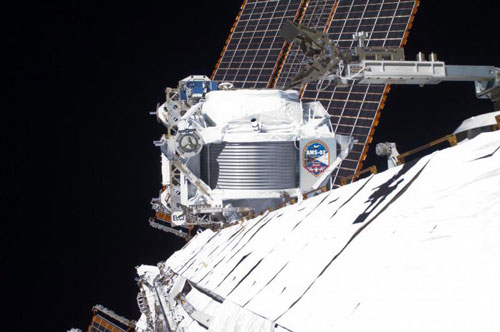 The international team running the Alpha Magnetic Spectrometer (AMS) announces the first results in its search for dark matter.
The international team running the Alpha Magnetic Spectrometer (AMS) announces the first results in its search for dark matter.
Apr 4th, 2013
Read more

 Subscribe to our Space Exploration News feed
Subscribe to our Space Exploration News feed











